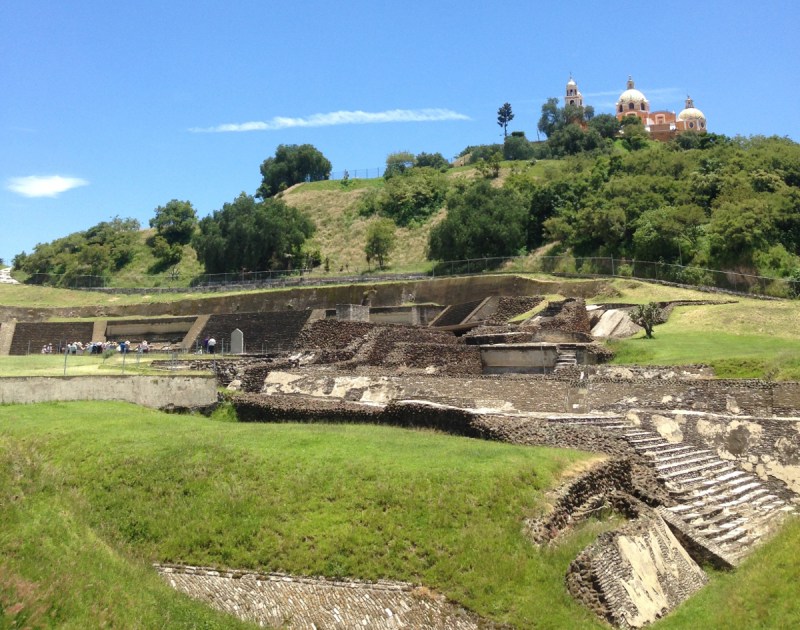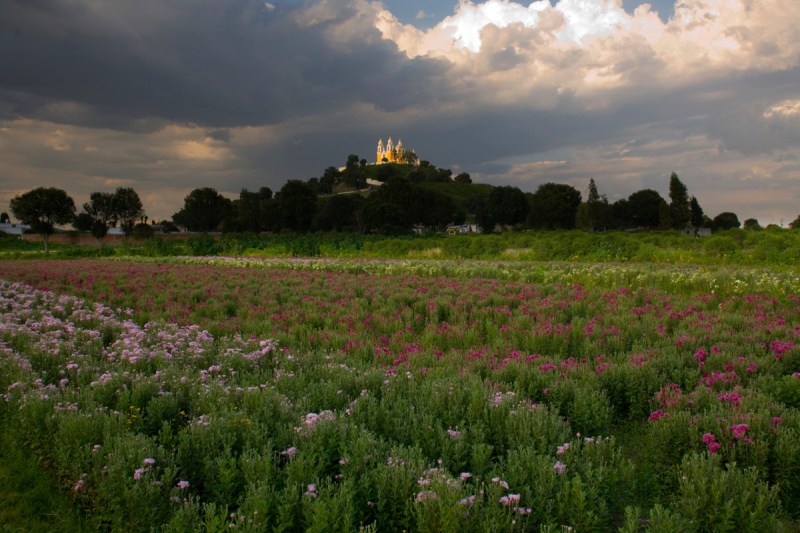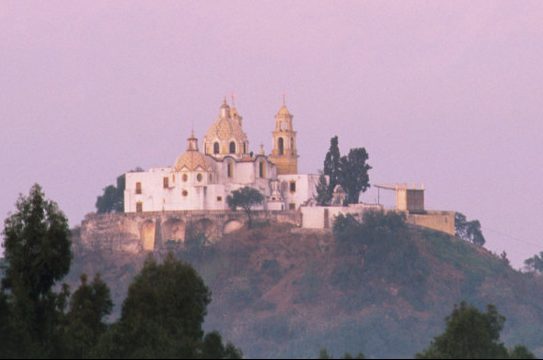
What was once dismissed as a large, awkward hill in Cholula, Mexico, is actually the eroded ruins of an ancient pyramid. Despite the fact that its true identity is now known, developers still want to build on it, much to the Cholula citizens’ chagrin.
The Great Cholula Pyramid is a pre-Columbian structure that’s almost twice as large as its Egyptian counterparts, and is the largest known pyramid currently on record. Originally built as a temple to the god Quetzalcoatl, it was abandoned before the Spanish conquest, and its miles of tunnels have only been partially excavated.
In an effort to boost tourism, the Mexican government has green lit a handful of development projects in the area, some of which encroach on the pyramid. Activists in Cholula oppose this, claiming that redevelopment will damage the pyramid, and the proposed plans are disrespectful to the pyramid’s historical significance.
“It’s like putting a convenience store on Machu Picchu,” one of the protestors told Al Jazeera. “It’s totally ridiculous.”

(Vision 21)
Some reports indicate that construction near the pyramid has already damaged it. The University of Calgary’s Dr. Geoffrey McCafferty claims that the construction of a light rail station has already gouged into a piece of the pyramid that has not yet been excavated.
“All the construction work they’re doing there is damaging parts of the pyramid that have been well preserved for more than a 100 years,” he told Al Jazeera. “Now, with the construction going on, it’s digging into part of the site that’s never been recorded properly.”
Relatedly, a group of local researchers appealed to UNESCO back in 2015, alleging massive damage to the pyramid and providing documents and photographs as proof of their claims.
The government, for their part, says that the development plans will revitalize the area’s economy, and that they received authorization from the National Institute of Anthropology and History to begin construction.
This article was featured in the InsideHook newsletter. Sign up now.
























